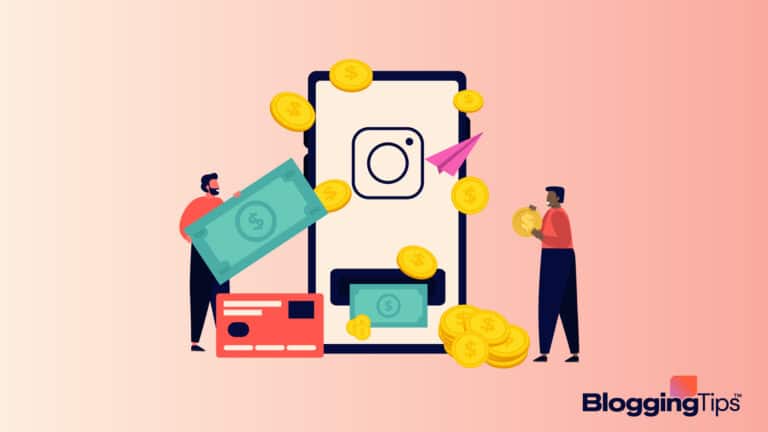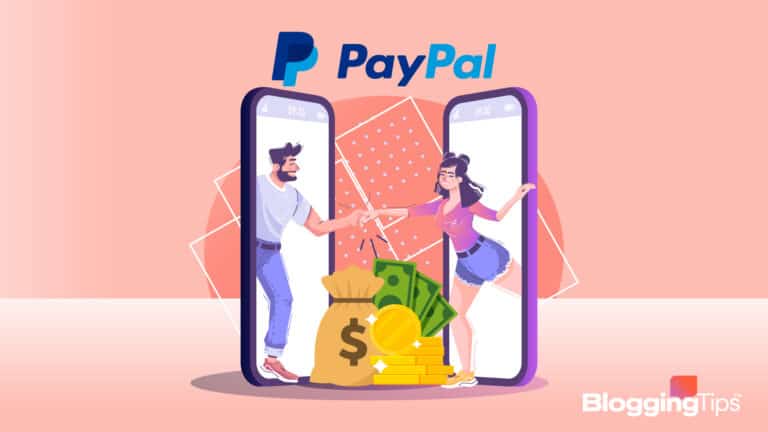Digital products are the new market space with gigantic potential.
For example, the digital media market has touched a $331.80 billion revenue mark in 2022.
The best part is it’s an easy, low-cost, and passive revenue source.
But, of course, the revenue amount depends on how great your product is and how much time you can invest in promoting it.
If you have a digital product idea, don’t sit on it.
Instead, take a leap of faith and get your product in the market today.
This tutorial can show you how to create digital products, sell them, and all other nitty-gritty around the topic.
What is Digital Product Creation?
Digital product creation means developing a virtual item that you can sell online.
Digital products are intangible because they are untouchable but have a monetary value.
For example, a subscription to Netflix is a digital product as you have to pay for premium shows.
Selling a digital product has several benefits, such as:
- Low investments with high returns (depending on your creativity and selling abilities).
- Digital products sell at higher margins than physical goods as they are less expensive to create.
- Several niche products to sell, honing a specific audience.
- No need to deal with shipping hassle or instant delivery pressures.
What Types of Digital Products Can You Sell?
There is no limit on what you can sell online today.
As long as you can find a demand and extend your creativity, you can sell anything online.
Though the most profitable digital products that you can sell in 2023 are:
- Ebooks. Use your mastery in a field to create an ebook for academic, entertainment, or other purposes. The ebook market value is projected to reach $32.19 billion by 2032.
- Video games. Mobile games were the largest digital product sector in 2022, with $152.50 billion in revenue. If you can code and are good at graphics, you can try your luck in creating video games in 2023.
- Podcasts. Around 124.5 million Americans listen to podcasts every month. So, you can start your podcast on a distinctive topic that can grow more quickly.
- Online courses. The digital learning market will increase by 200% between 2020 to 2025. You can here use your academic knowledge and create a virtual course. You will make money every time someone enrolls in your courses, even after 10 or 20 years.
- Blogging. Can you write? Then, a blog is the best digital product to make money from affiliates, ads, paid subscriptions, and more. On average, a top league blogger makes $80,500 per year.
That’s not it! You can create many other digital products like stock photos, Canva templates, YouTube videos, etc.
Where Can I Sell Digital Products?
You can sell your digital products on your website or social media channels.
Besides this, depending on the digital product you have created, there are many third-party digital marketplaces to sell your products, such as:
- Ebooks: Amazon KDP, Wattpad, Raddish, etc.
- Podcasts: Shopify, Amazon Prime, Apple Podcasts, etc.
- Photos: Unsplash, Pexels, iStock, etc.
- Video courses: Udemy, Coursera, etc.
- Games and apps: Apple App Store, Google Play Store, etc.
How to Create Digital Products to Earn Passive Income in 2023?
Digital product creation seems like a simple task.
Create a product, put it online, and start making money.
Sorry to burst your bubble, but creating a digital product is still easy.
But creating a product that someone wants to buy is the hardest.
And that hard part, you can simplify by following these steps:
Step 1. Validate Your Idea
Do you have a million-dollar worth of digital product ideas?
Then, take a step back and first, validate your idea.
You can’t invest your time and effort in something you think is a great idea.
Ensure there is a market for your product.
For that, you can take two routes—
Do a keyword search.
Research shows 81% of shoppers search online before buying.
Thus, you can use keyword analytical tools like Google Analytics or Semrush to know whether people are searching keywords related to your products.
Ask around.
You can take the traditional approach and ask your friends or family about your idea.
It can give you some perspective on your digital product and how to improve it.
Once you realize that people are interested in your product idea, you can move further to build your social community.
Step 2. Start Building Your Community
Once you know people who can buy your products, the next step is attracting them.
You must build a community of buyers for your products before launching them in the market.
There are a couple of ways to do so, such as:
Develop a basic website
Using WordPress or another web builder, you can create a single-page website or a basic landing page to introduce your products online.
It can also help you test water to know how people are taking your digital product.
Create content
Publishing keyword-specific content on your website is the best way to attract organic traffic and index your pages on search engines.
Plus, you can provide value to your targeted customers and establish your brand authority with quality content.
For example, HubSpot publishes blogs, ebooks, and other content resources to provide value and connect with people who might want to buy their products.
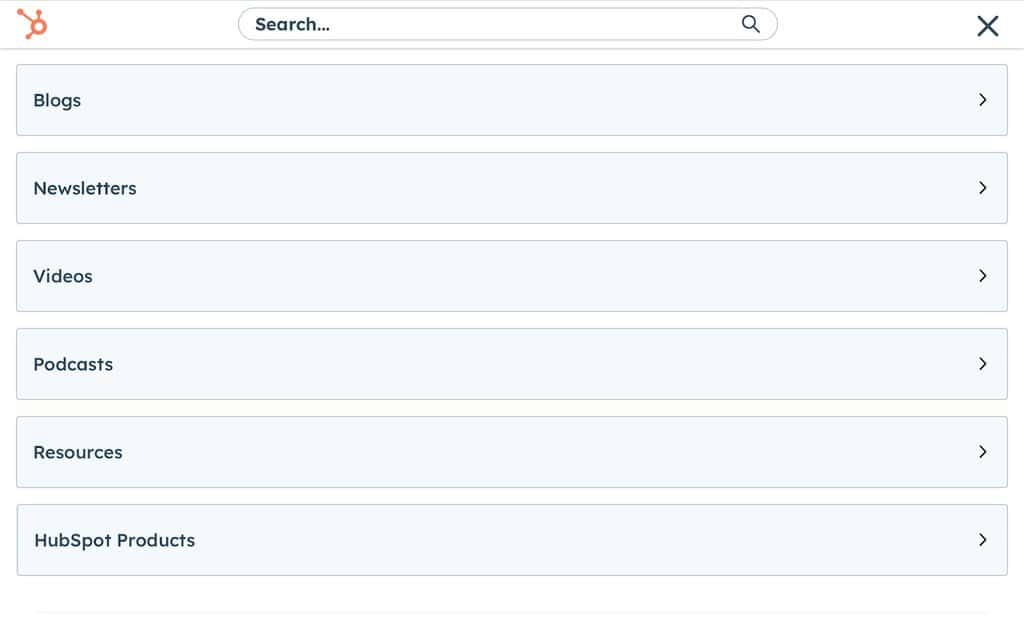
Launch a forum
You can create a forum on your product website where like-minded people can connect and discuss your products.
Microsoft Community is a perfect example in this context.
They have a global community to ask questions, learn new things and talk about all Microsoft products.
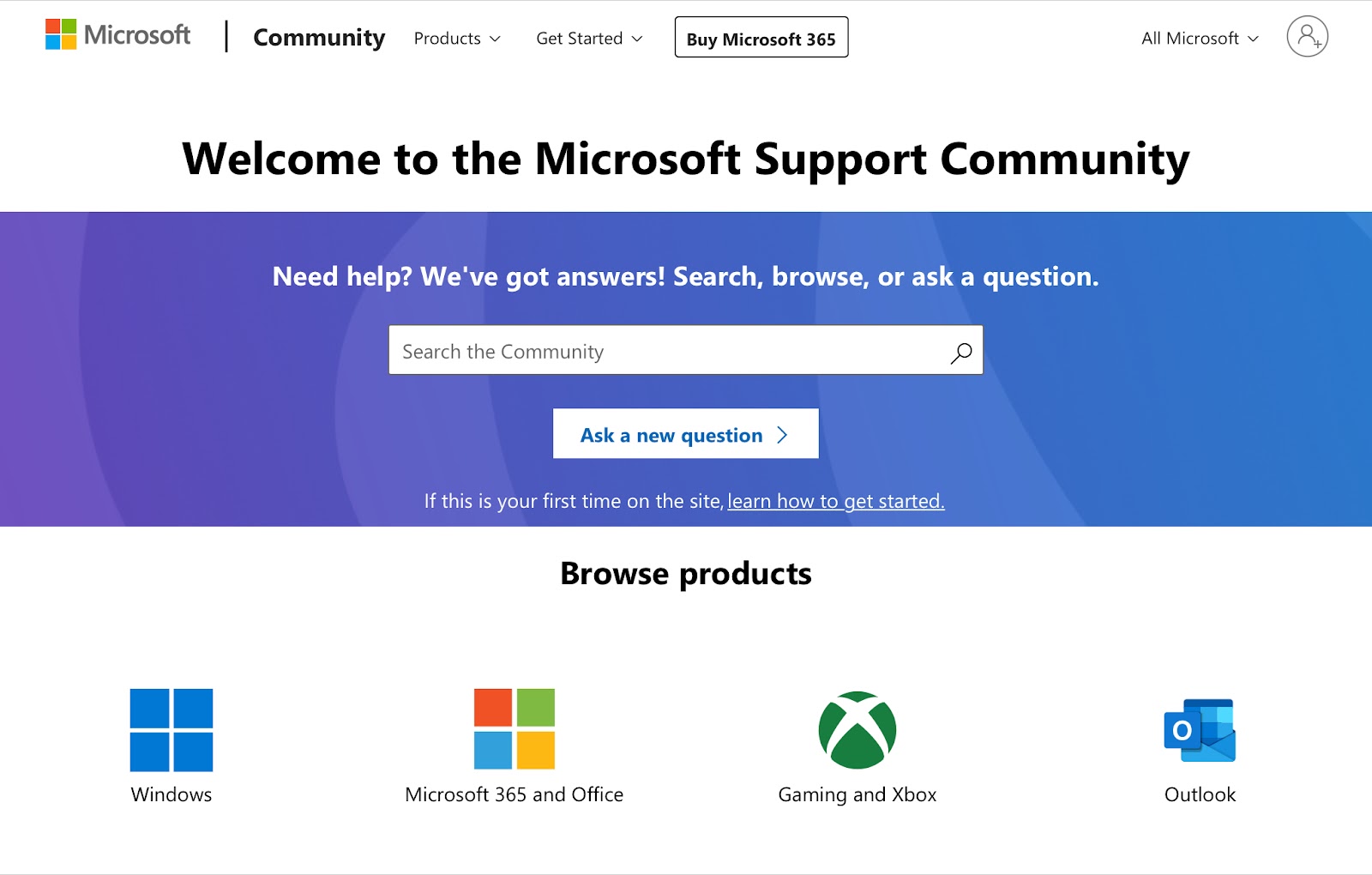
Start an email list
Emails can land you directly in your prospects’ inboxes.
You can put an email subscription popup on your website to collect the potential customers’ email addresses—the way we have done on the Bloggingtips website—
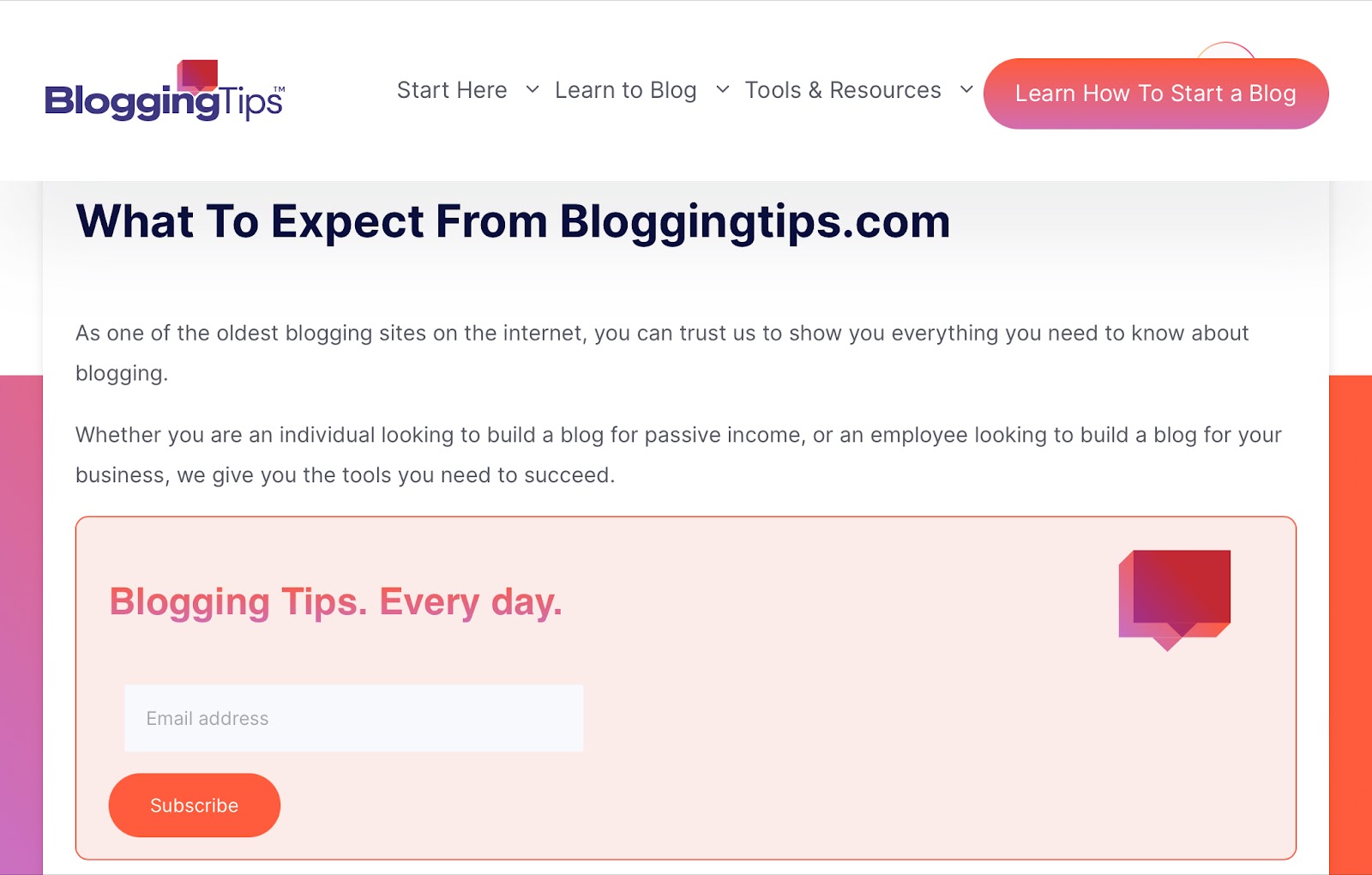
Building an email list can help you promote your product and educate your prospects in the future.
You can even launch an email marketing campaign with a good subscriber number.
Work on your social media presence
Social media networks are there to build social communities.
They are free platforms to build a community that might buy your digital products.
Based on the nature of your product, you can start building community on the right social media channels.
Suppose you have a B2B SaaS product; Linkedin is the best platform to build a community, as 57 million global businesses are on the platform.
In contrast, if you want to sell digital products like ebooks on parenting, Pinterest is the right social media platform for you.
That’s because over 80% of US moms use Pinterest.
Use guest blogging
Guest blogging is a cost-effective strategy to expand your community.
You can share your blogs on websites with a similar audience base.
Remember one thing, never guest blog on low domain value or websites that have nothing in common with your products.
Instead, choose your guest blogging partner after thorough consideration; otherwise, it can impact your SEO score.
Step 3. Gather Feedback
Once you have a solid product community, use it to improve your product quality.
Conduct surveys and collect reviews from your initial product users to know their opinions.
It can guide you through upgrading your product before targeting a more vast audience.
In addition, when customers see you are constantly adding value to your products, it can excite them to try your products again. It can be a starting point for building a loyal customer base.
Based on your digital product, you can collect feedback in various ways.
For example, online course creators can launch a beta group of a few students and take feedback from them after a significant interval.
Step 4. Install Tools to Monetize Your Products
It is the step you have been waiting for—monetizing your digital product.
At this point, you have a solid product and community, so you can start making some money.
You must follow their guidelines to generate revenue if you are using third-party platforms to sell your virtual products.
For example, Amazon KDP has 35% and 70% royalty options with some extra conditions.
In contrast, if you plan to sell via your website, you must add a few monetization tools to accept digital payments securely.
Are you a WordPress user? Then, you have many great monetization plugins to select from, such as:
- WPQuads Ads Plugin works well with Google AdSense and other online income-generating platforms.
- MicroPayments Plugin helps to set up a digital wallet on your website.
- PropellerAds to add digital ads on your website.
- MemberPress to create a membership website.
Step 5. Keep Your Customers Engaged
Now that your digital product makes money, the final step is to retain your customers.
The key to retaining your customers is an exceptional customer experience.
Businesswire states that 86% of consumers will leave a trusted brand after two poor experiences.
Thus, you must use innovative ways to improve your CX to sell virtual products like a hot cake.
Some CX improvement strategies are:
- Build relationships with your customers
- Focus on your customer’s pain points
- Make customers part of the product creation process
- Collect frequent feedback from your users
- Host digital events to keep buyers engaged, like webinars, giveaways, etc.
Other Helpful Tutorials
Check out other Bloggingtips useful tutorials to create digital products with ease:
- How to Make Printables to Sell: Let’s learn how to make printable goodies that you can sell online to make extra money this year.
- How to Use WooCommerce: Do you want to sell on your digital store? Then, let’s learn how to use WooCommerce to sell your products online.
- How to Start a Clothing Store Online: Do you want to start your online clothing store? Then, follow this tutorial to learn how to start a digital clothing label.
Ready to Create Digital Products?
Digital products are both passive and full-time income sources.
You can create and sell online products and create an entire career or business empire.
This tutorial has shown you how to create digital products, where you can sell them, and how to monetize your products. So, you are all set, in my opinion.
But, if you need further assistance, jot down in the comments below or go through our other resources.
Best of luck with your new product!

